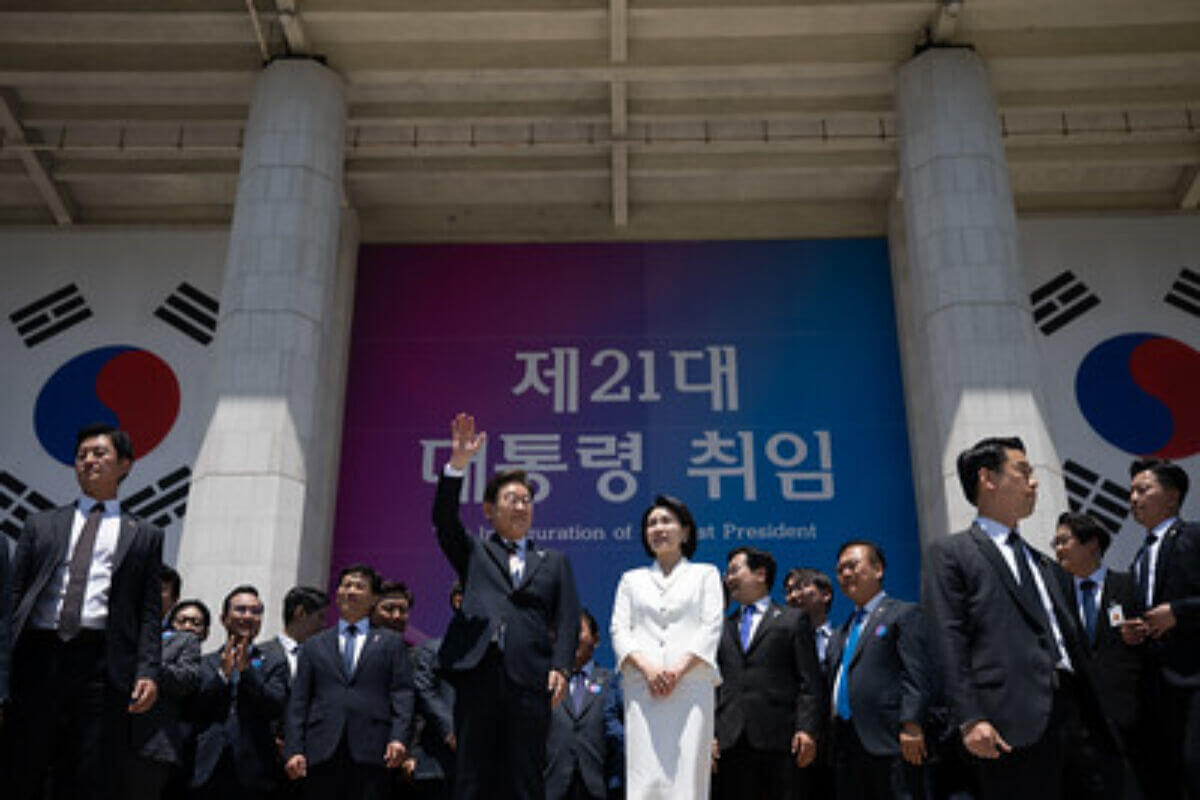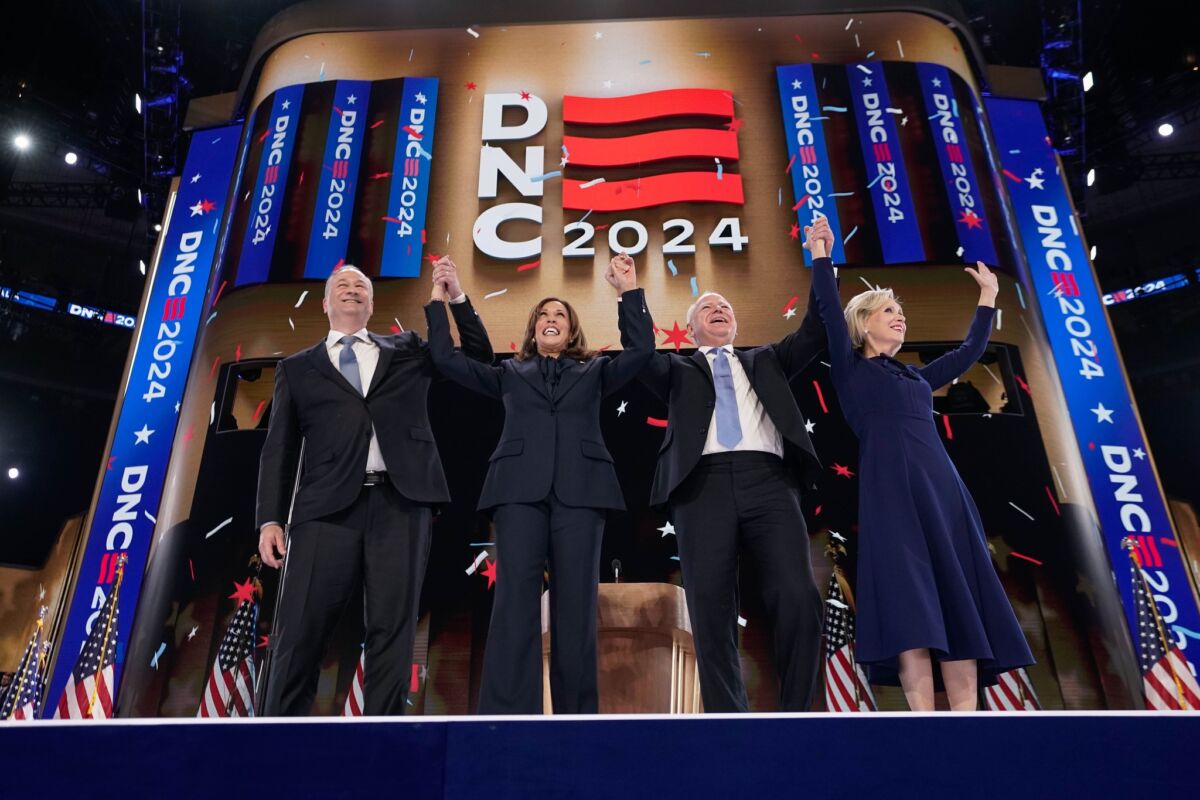To stay ahead of the challenge posed by the shifting geopolitical context, the EU should devise a comprehensive Indo-Pacific strategy and move from joint statement to concrete cooperation with its partners in the region. Connectivity cooperation offers many opportunities to do so.
The shift to Asia as the world’s economic centre of gravity has already happened. According to a recent UN report, the economies in East Asia fared better than those in all other developing regions, with GDP expanding by 1% in 2020. India alone is attracting global attention to the region; it is projected to be the fastest growing economy in 2021. On the back of a quick and robust recovery in China, East Asian economies are forecast to grow by 6.4% in 2021.
Between 2014 and 2020, the EU invested around €800 mil in Asia. The Indo-Pacific is indeed economically important for the EU as its companies are expanding into these markets. Those who control these markets and define which rules and standards are applied there have an impact on the sustainability of EU companies. Moreover, the diversification of the global supply chain away from China is an opportunity to increase investment in other Indo-Pacific economies.
Bilateral and multilateral trade regulatory frameworks are flourishing in the region and the EU is making it a priority to regulate its trade relations with the area. In 2018, the EU concluded Free Trade Agreements (FTAs) with Japan and with Singapore, in 2019 an FTA with Vietnam, and in 2020 an Investment Agreement with China. The EU is currently negotiating trade deals with ASEAN, Australia and New Zealand. Next in line is India, where a trade deal would also unlock the whole potential of the strategic partnership.
Indeed, the centrality of the region is about more than just geoeconomics: it is also geostrategic. The appointment of Kurt Campbell – the brain behind the pivot to Asia in the Obama administration – as coordinator for the Indo-Pacific at the National Security Council, is a sign of the strategic relevance of the region for the new Biden administration. Moreover, data from the International Institute for Strategic Studies (ISS) (see below) on forward-deployed personnel by combatant command, also reveal the shift away from Europe and towards the Indo-Pacific region.
Inspired by the initiative of France, Germany and the Netherlands – the only EU countries that have adopted Indo-Pacific guidelines to date – it is time for the EU to move away from its Asia-Pacific approach towards an Indo-Pacific strategy. The concept of the Indo-Pacific, which was first introduced by Australia and swiftly adopted and adapted by Japan and the USA, shifts the focus on the maritime dimension of the region and diminishes the assumption of Chinese hegemony – which is otherwise accepted in the terrestrial dimension.
Building on the 2018 Maritime Security Strategy, in June 2020 the EU launched CRIMARIO II, an initiative aiming to contribute to safer sea lines of communication with the European Union through cross-sectoral, inter-agency and cross-regional cooperation in South and Southeast Asia. On 1 December 2020, the EU elevated its partnership with ASEAN to a Strategic partnership. Shortly afterwards, the HR/VP was hosted at the ASEAN Defence Ministerial meeting. During that month, the maritime security dialogue with India was also upgraded. All these developments reflect efforts to streamline the EU as a global security actor, including in the maritime domain. The next logical step is for the EU to streamline its approach by issuing a strategy and coherently engaging with likeminded regional players.
Recent events in the USA have cast a shadow over its credibility as a promoter of democratic values, which will be hard to remedy. Indo-Pacific countries may no longer feel comfortable relying largely on the US for protection of the rule of law in a multilateral system, despite Biden’s ambitions to create an “alliance of democracies”.
The EU has a real opportunity to emerge as normative leader and promoter of a rules-based international order, leveraging on its affinity with the USA and on its capacity to constructively cooperate with China. Countries in the region have been calling for greater EU engagement in the Indo-Pacific: “We would like to see a strategic EU with its own strategy in the region”, said H.E. Dr Jaishankar, Minister of External Affairs of India during a strategic conversation with CEPS.[1]
The EU should waste no time in formulating a comprehensive Indo-Pacific Strategy to guide its action and allow it to maintain its relevance in the region. Such a strategy should focus on enabling the EU to lead an issue-based middle powers coalition, involving India, Japan, ASEAN, Australia and the UK, which still is a relevant player in the region, to promote a rules-based international order. It must also be forward-looking and enable the EU to leverage on its economic power.
The strategy should include both a security and an economic dimension.
To gain credibility as a reliable partner, the EU must increase its visibility as a security actor. An EU actively engaged as a security provider in the Indo-Pacific should coordinate with allies and partners in the region and adopt a burden-sharing approach, with a maritime focus. Recent developments of QUAD (the Quadrilateral Security Dialogue between US, India Japan and Australia), which has successfully organised its first naval exercise, also offer an opportunity for the EU to reflect on its potential role in a multilateral setting. Discussions should also be coordinated with NATO, which may wish to play a more active role in the region.
Connectivity cooperation to develop sustainable digital and physical infrastructure is another forward-looking investment. Moreover, by elevating the cooperation with its partners from in-principle agreements to concrete cooperation through joint initiatives in areas such as transport, digital connectivity and/or energy, the EU can really make an impact and gain credibility as a global actor.
“We must show rather than just tell” said the HRVP at the European Parliament discussion on the Connectivity Strategy. To facilitate action, the resolution on Connectivity and EU-Asia Relations adopted by the European Parliament highlights a number of principles and flagship projects to be implemented. It is indeed important to strengthen the concept of togetherness with partners, not only that of cooperation. The EU should indeed promote the implementation of fully fledged connectivity projects, and not only provide support on soft connectivity; it can help to provide the regulatory frameworks that put it all together and make it work. In particular on digital connectivity, if the EU and India manage to establish a dialogue on digital norms for setting global standards or platform regulations and fairness, with India bringing the scale and the EU bringing a mature market already regulated by GDPR, this could really be a game changer.
Adopting a comprehensive EU Indo-Pacific Strategy and implementing joint connectivity initiatives won’t be an easy exercise, however, either internally or externally. This drafting exercise will allow EU member states to further fine-tune their engagement with China and within the region, adding an extra layer of sophistication to the EU’s role there. As a second step, EU cooperation with its partners must become concrete and show its value as an alternative sustainable model. If the EU is to promote and lead a comprehensive approach in the Indo-Pacific, coherent and coordinated actions with India, ASEAN, Japan, Australia and the UK are the only way forward. Implementing joint projects to boost digital connectivity could be the first step.
[1] CEPS is promoting a series of strategic conversations on the IndoPacific with global leaders from the region. H.E. Minister of External Affairs of India, Dr Subrahmanyam Jaishankar, in conversation with Ana Zacarias, Secretary of State for EU Affairs of Portugal and Soren Gade, MEP & Head of the European Parliament Delegation for relations with India, inaugurated the series on November 18th. The conversation is available at: Strategic conversation on EU-India relations – YouTube






































